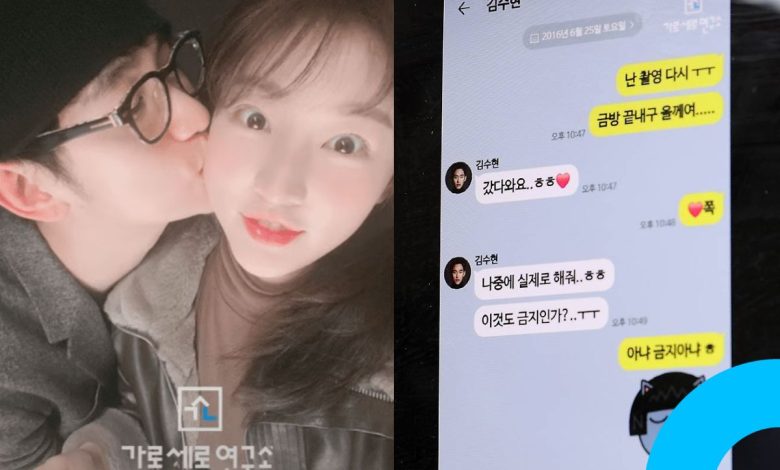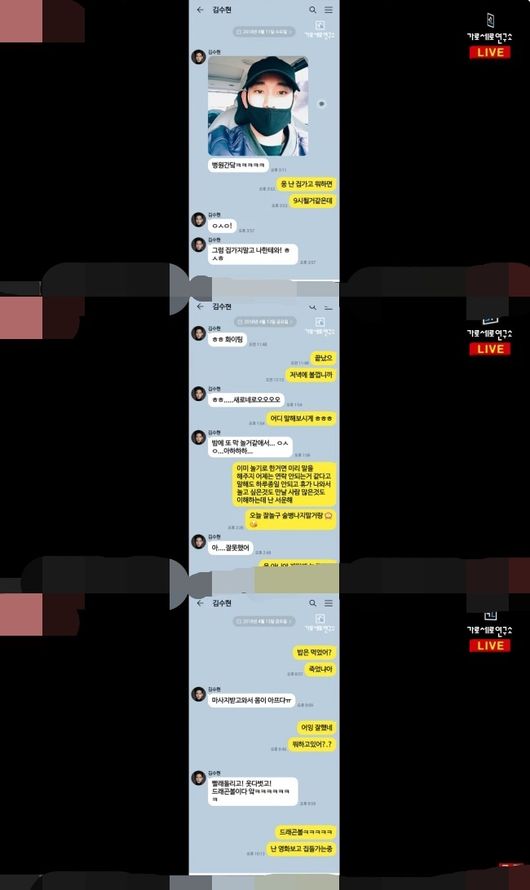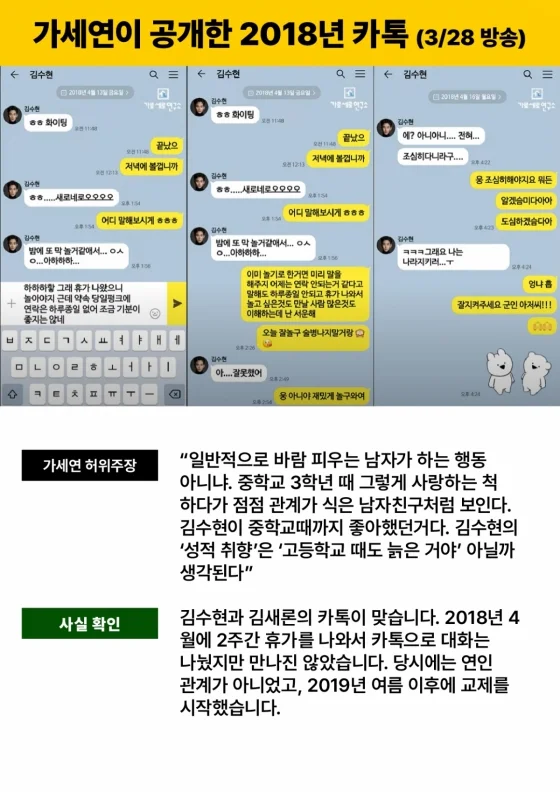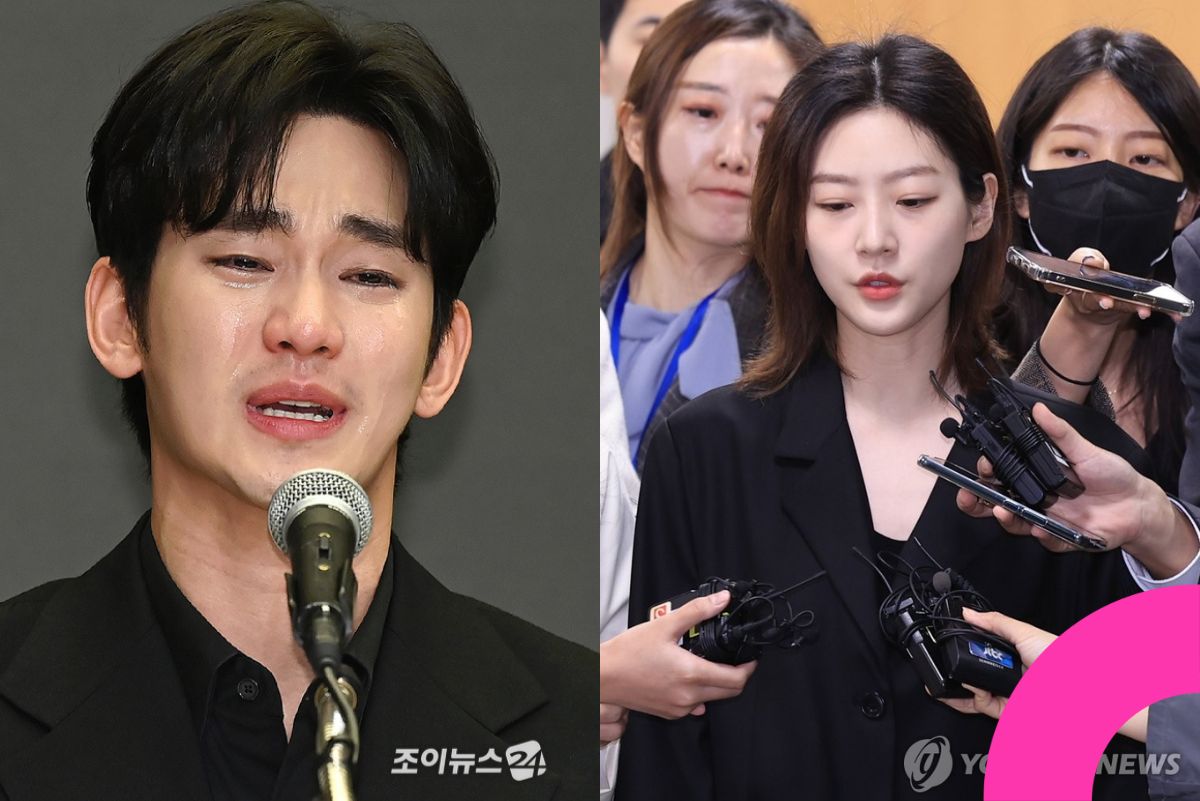2016 KakaoTalk Messages Involving Kim Soo-hyun May be Fabricated, Said Expert

The ongoing controversy surrounding Kim Soo-hyun and Kim Sae-ron took a new turn with the release of a linguistic forensic analysis that raises serious doubts about the authenticity of certain 2016 KakaoTalk messages linked to the actor.
On April 9, a research team from Truebaum Institute shared the results of a forensic language analysis conducted using a method called “author identification” a linguistic technique distinct from standard statement validity analysis (SVA). Unlike SVA, which gauges the credibility of statements, this approach statistically assesses whether different messages across various years were likely written by the same person.

The analysis, commissioned by Kim Soo-hyun’s side, compared messages from 2016, 2018, and 2025. Notably, the 2025 messages were confirmed to be from Kim Soo-hyun, based on real KakaoTalk conversations with a known acquaintance.
Key findings from this analysis suggests:
- Messages from 2018 and 2025 showed no statistically significant differences, indicating a high probability they were written by the same person in this case, Kim Soo-hyun.
- However, the 2016 messages, which were previously publicized by YouTube channel Garo Sero Institute, showed significant stylistic and linguistic deviations.
- The probability that the 2016 and 2025 messages were written by the same person was only 8%, with a 95% confidence level. The comparison between 2016 and 2018 messages also showed a low similarity rate with 92% confidence.
These results suggest a high likelihood that the 2016 messages were not authored by Kim Soo-hyun, raising the possibility that they may have been fabricated or manipulated.


On the other hand, Kim Soo-hyun’s side had previously stated that they did not recognize the 2016 messages and requested a formal analysis to verify their authenticity. However, the party that performed this analysis was sketchy, leading to suspicions. Kim Soo-hyun’s side had previously stated that they did not recognize the 2016 messages and requested a formal analysis to verify their authenticity. However, the party that performed this analysis was sketchy, leading to suspicions. The party that performed this analysis was sketchy, leading to suspicions.

Meanwhile, while the aforementioned “author identification” method is relatively new in South Korea, it is well-established in academic and legal contexts abroad especially in criminal investigations and document verification. As a result, attention is being paid to what impact the results of this analysis will have on the future direction of the Kim Soo-hyun case.


